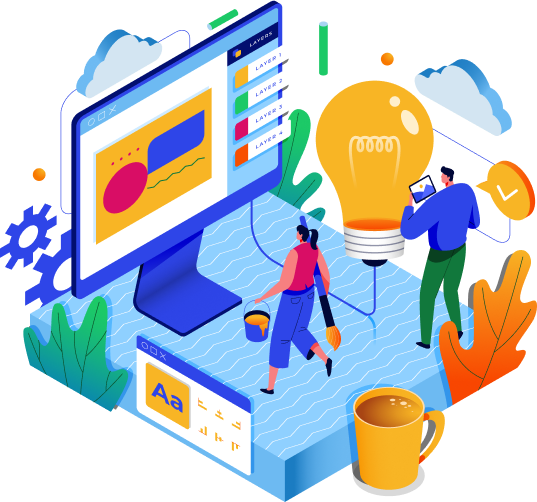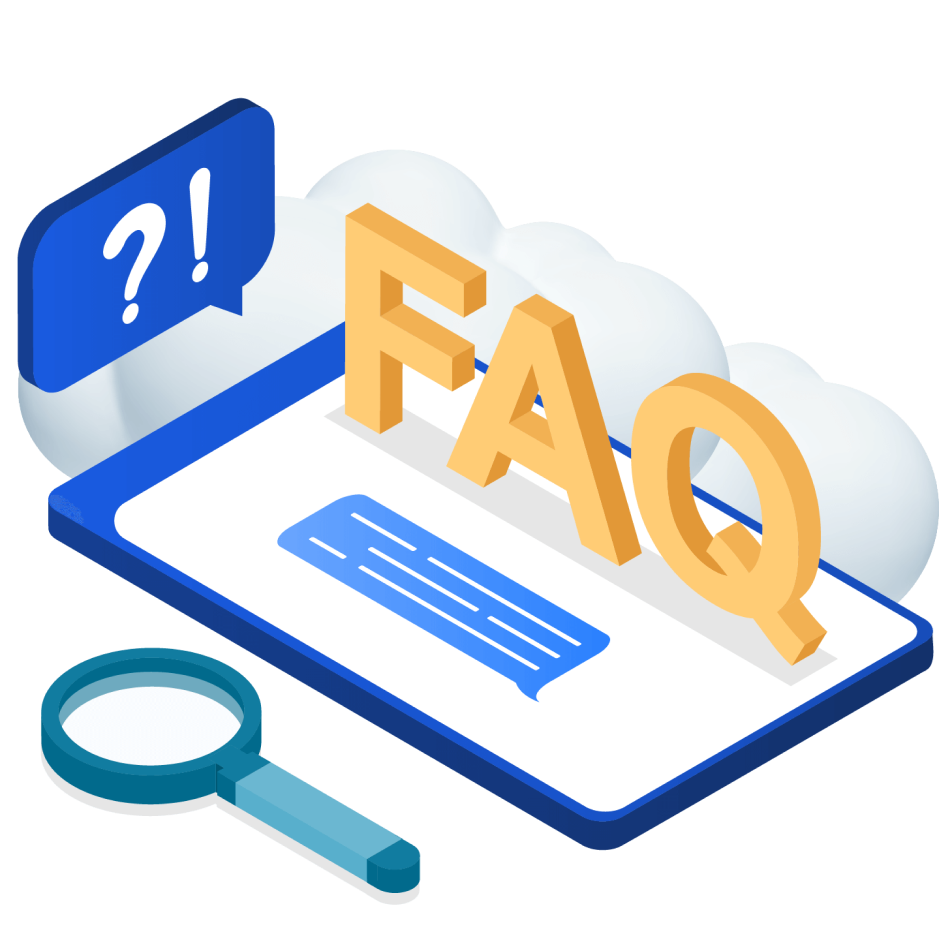- IT Services
- UX Research
Insight-Driven UX: Crafting Designs That Deliver.
-
UX Design is the strategic discipline of shaping end-to-end user experiences, from first encounter through ongoing engagement. It blends user empathy, business objectives, and technical feasibility to deliver products that feel intuitive, useful, and delightful.
-
Well-executed UX drives customer satisfaction, loyalty, and ROI. By uncovering real user needs and pain points early, organizations avoid costly rework, improve conversion metrics, and build stronger brand trust across web, mobile, and service touchpoints.
-
Neglecting UX leads to friction, drop-offs, and wasted resources. To thrive in competitive markets, teams must adopt a user-centered mindset—leveraging research insights, iterative prototyping, and continual validation to align features with genuine user goals.
-
UX Design produces a spectrum of artifacts—from discovery outputs (user interviews, journey maps, personas) to definition deliverables (information architectures, user flows), through design assets (wireframes, high-fidelity mockups, interactive prototypes) and governance tools (design systems, style guides).
-
Our standard UX process unfolds in four phases:
- 1. Discover – Contextual inquiry, competitive analysis, stakeholder workshops
- 2. Define – Synthesizing insights into personas, scenarios, task models
- 3. Design – Iterating wireframes, mockups, and prototypes for layout, interaction, and visual finesse
- 4. Deliver – Usability testing, handoff documentation, and post-launch analytics
-
Once concepts are validated and refined, cross-functional teams implement solutions knowing they reflect real user behavior. Continuous measurement—usability metrics, A/B tests, and analytics—drives further UX optimizations and feature road-mapping.

Benefits of choosing BIITS for your UX Design services
User-Centered Strategy: Ground every decision in real user insights—aligning your business goals with validated needs to deliver experiences that truly resonate.
Improved Conversion & Engagement: Streamline workflows and remove friction points through intuitive interaction design, driving higher adoption, task completion, and retention.
Accessibility & Inclusivity: Embed WCAG–compliant patterns, keyboard navigation, and screen-reader support to make your product usable by everyone, everywhere.

Consistent Brand & Design Systems: Establish scalable component libraries and style guides that ensure visual cohesion and faster delivery across platforms.
Rapid Iteration & Validation:: Leverage low- and high-fidelity prototypes alongside moderated and unmoderated user testing to identify issues early and iterate efficiently. .
Data-Driven Optimization: Harness analytics, heatmaps, and A/B experiments to measure success, uncover new opportunities, and continuously refine the user experience.
Frequently Asked Questions
What is UX design?
UX (User Experience) design is the craft of creating products and services that feel intuitive and satisfying to use. It spans user research, information architecture, interaction design, and accessibility, all aimed at understanding real user needs and translating them into seamless digital experiences.
What’s the difference between UX and UI?
While UX defines the structure and flow of an experience—identifying user goals, mapping journeys, and organizing content—UI focuses on the look and feel of the interface itself. In essence, UX lays out the blueprint for how something works, and UI chooses the colors, typography, and interactive elements that bring that blueprint to life.
Why should my business invest in UX?
Investing in UX means prioritizing real user needs from the start, which reduces costly redesigns and accelerates time to market. A thoughtfully designed experience not only guides customers effortlessly toward their goals but also fosters loyalty, boosts conversions, and differentiates your brand in competitive markets.
How do you measure the success of a UX initiative?
Success can be gauged through a blend of qualitative and quantitative insights. Usability studies reveal how easily users’ complete tasks, analytics track engagement and drop-off points in actual use, and satisfaction surveys capture sentiment. Together, these metrics show whether your design is meeting user expectations and driving desired business outcomes.

Is the huge volume of data is too hard to handle ?
